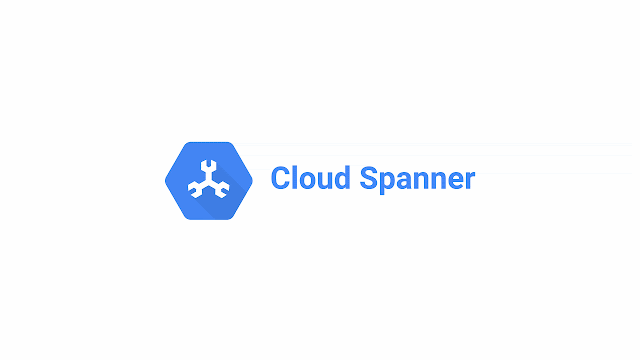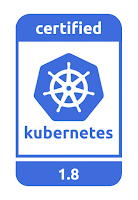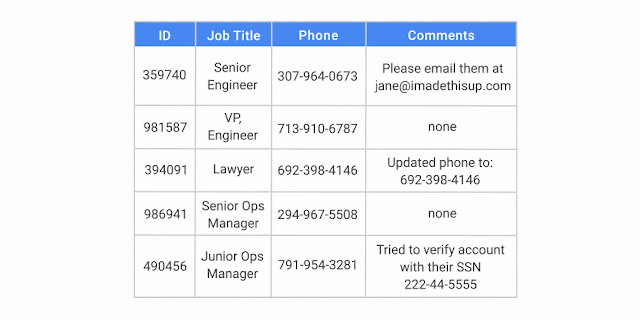By Deepti Srivastava, Product Manager, Cloud Spanner
Today, we’re thrilled to announce the general availability of Cloud Spanner Multi-Region configurations. With this release, we’ve extended Cloud Spanner’s transactions and synchronous replication across regions and continents. That means no matter where your users may be, apps backed by
Cloud Spanner can read and write up-to-date (strongly consistent) data globally and do so with minimal latency for end users. In other words, your app now has an accurate, consistent view of the data it needs to support users whether they’re around the corner or around the globe. Additionally, when running a Multi-Region instance, your database is able to survive a regional failure.
This release also delivers an industry-leading 99.999% availability SLA with no planned downtime. That’s 10x less downtime (< 5min / year) than database services with four nines of availability.
Cloud Spanner is the first and only enterprise-grade, globally distributed and strongly consistent database service built specifically for the cloud that combines the benefits and familiarity of relational database semantics with non-relational scale and performance. It now supports a wider range of application workloads, from a single node in a single region to massive instances that span regions and continents. At any scale, Cloud Spanner behaves the same, delivering a single database experience.
Since we announced the
general availability of Cloud Spanner in May, customers, from startups to enterprises, have rethought what a database can do, and have been migrating their mission critical production workloads to it. For example, Mixpanel, a business analytics service, moved their sharded MySQL database to Cloud Spanner to handle user-id lookups when processing events from their customers' end-users web browser and mobile devices.
No more trade-offs
For years, developers and IT organizations were forced to make painful compromises between the horizontal scalability of non-relational databases and the transactions, structured schema and complex SQL queries offered by traditional relational databases. With the increase in volume, variety and velocity of data, companies had to layer additional technologies and scale-related workarounds to keep up. These compromises introduced immense complexity and only addressed the symptoms of the problem, not the actual problem.
This summer, we announced
an alliance with marketing automation provider Marketo, Inc., which is migrating to GCP and Cloud Spanner. Companies around the world rely on Marketo to orchestrate, automate, and adapt their marketing campaigns via the Marketo Engagement Platform. To meet the demands of its customers today, and tomorrow, Marketo needed to be able to process trillions of activities annually, creating an extreme-scale big data challenge. When it came time to scale its platform, Marketo did what many companies do
— it migrated to a non-relational database stack. But if your data is inherently transactional, going to a system without transactions and keeping data ordered and readers consistent is very hard.
"It was essential for us to have order sequence in our app logic, and with Cloud Spanner, it’s built in. When we started looking at GCP, we quickly identified Cloud Spanner as the solution, as it provided relational semantics and incredible scalability within a managed service. We hadn’t found a Cloud Spanner-like product in other clouds. We ran a successful POC and plan to move several massive services to Cloud Spanner. We look forward to Multi-Region configurations, as they give us the ability to expand globally and reduce latencies for customers on the other side of the world"
— Manoj Goyal, Marketo Chief Product Officer
Mission-critical high availability
For global businesses, reliability is expected but maintaining that reliability while also rapidly scaling can be a challenge. Evernote, a cross-platform app for individuals and teams to create, assemble, nurture and share ideas in any form, migrated to GCP last year. In the coming months, it will mark the next phase of its move to the cloud by migrating to a single Cloud Spanner instance to manage over 8 billion plus pieces of its customers’ notes, replacing over 750 MySQL instances in the process. Cloud Spanner Multi-Region support gives Evernote the confidence it needs to make this bold move.
"At our size, problems such as scalability and reliability don't have a simple answer, Cloud Spanner is a transformational technology choice for us. It will give us a regionally distributed database storage layer for our customers’ data that can scale as we continue to grow. Our whole technology team is excited to bring this into production in the coming months."
— Ben McCormack, Evernote Vice President of Operations
Strong consistency with scalability and high performance
Cloud Spanner delivers scalability and global strong consistency so apps can rely on an accurate and ordered view of their data around the world with low latency. Redknee, for example, provides enterprise software to mobile operators to help them charge their subscribers for their data, voice and texts. Its customers' network traffic currently runs through traditional database systems that are expensive to operate and come with processing capacity limitations.
“We want to move from our current on-prem per-customer deployment model to the cloud to improve performance and reliability, which is extremely important to us and our customers. With Cloud Spanner, we can process ten times more transactions per second (using a current benchmark of 55k transactions per second), allowing us to better serve customers, with a dramatically reduced total cost of ownership."
— Danielle Royston, CEO, Redknee
Revolutionize the database admin and management experience
Standing up a globally consistent, scalable relational database instance is usually prohibitively complex. With Cloud Spanner, you can create an instance in just a few clicks and then scale it simply using the Google Console or programmatically. This simplicity revolutionizes database administration, freeing up time for activities that drive the business forward, and enabling new and unique end-user experiences.
A different way of thinking about databases
We believe Cloud Spanner is unique among databases and cloud database services, offering a global relational database, not just a feature to eventually copy or replicate data around the world. At Google, Spanner powers apps that process billions of transactions per day across many Google services. In fact, it has become the default database internally for apps of all sizes. We’re excited to see what your company can do with Cloud Spanner as your database foundation.
Want to learn more? Check out the many
whitepapers discussing the technology behind Cloud Spanner. Then, when you’re ready to get started, follow our
Quickstart guide to Cloud Spanner, or Kelsey Hightower’s post
How to get started with Cloud Spanner in 5 minutes.
















